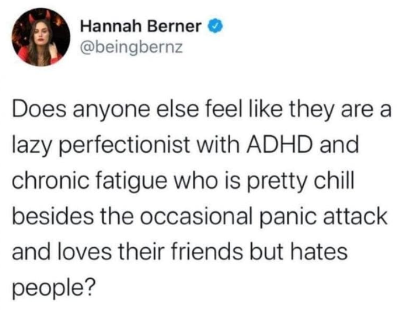The Digital Drugs – Understanding Our Dopamine-Driven Dependence on Screen Time

Source of Image: Hannah Berner from Twitter
In the digital age, our screens have become the most potent dealers of dopamine, the brain’s “reward” neurotransmitter. The mechanisms that once ensured our survival are now being exploited by apps and platforms to keep us scrolling, watching and clicking.
Platforms like Netflix, Youtube, TikTok and others have mastered the art of serving us bite-sized content that delivers quick hits of dopamine. They utilize A/B testing – showing some users screen A and others screen B – to determine which version keeps users engaged longer. If version B proves more engaging, version A is discareded in favor of the more addictive option.
Teams of psychologists, engineers and marketing strategists collaborate to devise strategies aimed at keeping us within their apps for as long as possible. Their goal? To ensure we see their ads or consume more content. It’s akin to food companies concocting irresistibly addictive junk food flavors – only in this case; it’s digital content.
The videos on these platforms can be likened to synthetic drugs designed for a faster dopamine rush. Our brains are hardwired to release reward hormones when stimulated by novelty or exploration – a mechanism that served our ancestors well when venturing into unkown territorries was crucial for survival.
However, in today’s world where curiosity can be satisfied with a click or swipe on a thumbnail image; we’re taken these stimuli to unprecedented extremes. The uncertainty and intrigue surrounding what comes next act as powerful catalysts for dopamine release.
This dynamic is strikingly similar to addition patterns observed with synthetic drugs like fentanyl. In places like Kensington Street in Philadelphia – Known infamously as “Zombieland” due to its high population of drug addtics – individuals addicted to such substances often find themselves unable to break free from their dependence.
The constant bombardment from these ‘digital drugs’ causes out brains’ reward systems gradually become desensitized over time – normal stimuli lose their appeal while life without these digital stimulants may seem dull or even unbearable.
As a result, individuals who are habitually exposed to fast-paced digital content often struggle with focusing on everyday tasks that offer less immediate gradification. Moreover, they may find longer pieces of content too demanding on their shortened attention spans – leading them towards an endless cycle of short videos or stories instead.
Bearking free from this addiction isn’t easy either – much like how quitting synthetic drugs requires significant effort and time away from them before normalcy can return.
To combat this addiction effectively requires immersing oneself in different hobbies or practices such as meditation or yoga instead of succumbing back into consuming rapid-fire digital content. These activities help restore mental balance by blocking external stimuli allowing one’s internal rhytms regain control over impulses thus facilitating self-regeneration whitin ‘digital addicts’.
As technology advances further intensifying its grip on our attention spans it becomes ever more critical protect ourselves against becoming unwitting victims wandering aimlessly through life much like those ‘zombies’ found on Kensington streets.